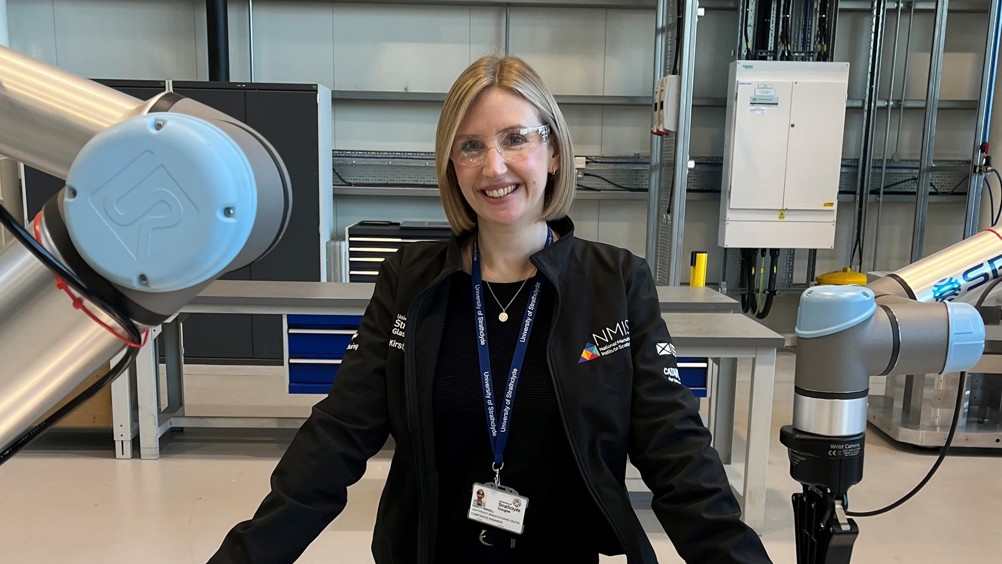Interview: Thoughts on International Women’s Day from a former F1 engineer
For this year’s International Women’s Day, Ellie McCann spoke to design engineer Kirsty Pinnell about her own personal experience as a ‘woman in STEM.’

The push for more diversity in the STEM fields has, thankfully, been at the forefront of people’s minds in recent years. In particular, there has been a lot of focus on getting more women into the science, engineering and technology workforces, so much so that the phrase ‘women in STEM’ has become a movement in itself.
However, although the initial thought is there, much more action is needed to bridge the gender gap in both STEM education and industry as a whole.
According to research collated by STEM Women, using findings from the Higher Education Statistics Agency (HESA) and the UK government’s census data on occupation, 31 per cent of core STEM students in higher education are women or identify as non-binary. Engineering and technology subjects, in particular, were found to have just 21 per cent of their cohorts made up of women or non-binary students.
Whilst the actual number of women and non-binary people in engineering and technology education has increased, this is mostly reflective of a general increase of all students across the courses (126,660 students in total in 2017/18, to 185,725 in 2022/23). The gender percentage increase, though, has stayed much the same, moving from 21 per cent in 2017/18 to 23 per cent in 2022/23.
Register now to continue reading
Thanks for visiting The Engineer. You’ve now reached your monthly limit of premium content. Register for free to unlock unlimited access to all of our premium content, as well as the latest technology news, industry opinion and special reports.
Benefits of registering
-
In-depth insights and coverage of key emerging trends
-
Unrestricted access to special reports throughout the year
-
Daily technology news delivered straight to your inbox










Water Sector Talent Exodus Could Cripple The Sector
'Capricious changes of priority by the general public'?!? Surely the public would demand both sufficient water supply and sufficient waste...